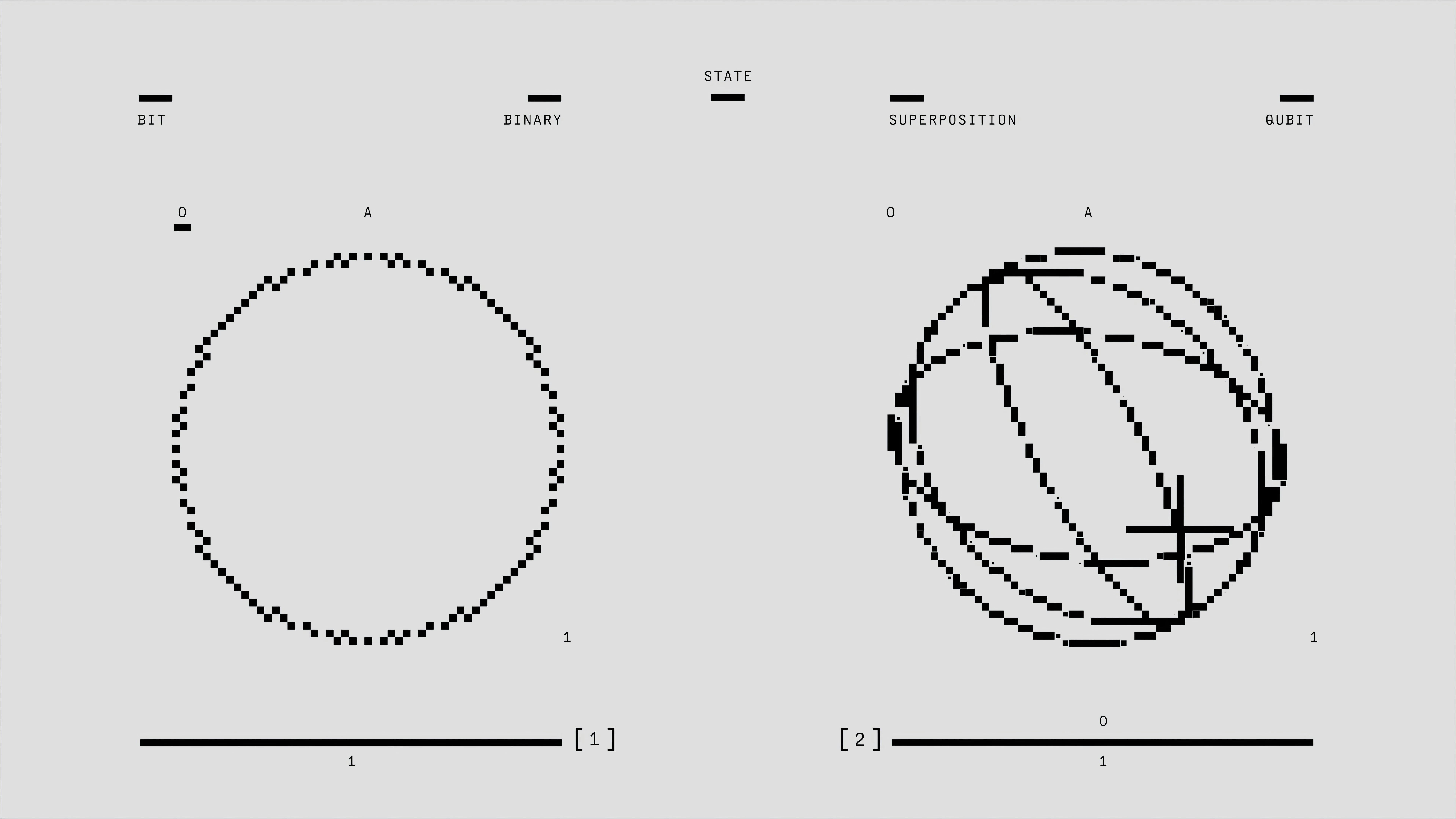The Mysterious AI Reading List:
In May 2024, what began as a simple exchange between two tech luminaries in 2020 continues to captivate the AI community. When John Carmack, the revolutionary force behind DOOM and Oculus, approached Ilya Sutskever for guidance on AI learning materials, he received something unexpected - a carefully curated list of approximately 40 research papers with an extraordinary claim: "If you really learn all of these, you'll know 90% of what matters today."
The Origin Story: A Meeting of Minds
The story begins with John Carmack, whose journey from revolutionizing gaming to exploring virtual reality and AI represents the kind of cross-disciplinary curiosity that defines modern tech innovation. His request to Sutskever wasn't just another reading list inquiry - it was a seasoned technologist seeking to understand AI's foundations from one of its leading architects.
Why Sutskever's Opinion Matters
Ilya Sutskever's position in AI isn't just about his role as OpenAI's co-founder and former Chief Scientist. His academic lineage traces back to Geoffrey Hinton's lab at the University of Toronto, where he contributed to breakthrough papers that helped spark the deep learning revolution. When someone with this background curates a learning path, it's worth paying attention.
The List Goes Viral
The exchange might have remained a private interaction, but Carmack's mention of it sparked intense interest across the tech community. A Hacker News discussion exploded with 131 comments, leading Carmack himself to post on Twitter, hoping Sutskever would make the list public: "a canonical list of references from a leading figure would be appreciated by many."
The Technical Landscape
What makes this list particularly intriguing is its timing and scope. In an era where:
ArXiv sees thousands of AI paper submissions monthly
New AI breakthroughs seem to occur weekly
The field spans dozens of specializations The promise of distilling essential knowledge into ~40 papers is compelling.
Breaking Down the Structure
The list, recently surfaced, reveals a carefully structured progression through AI's fundamental concepts:
Foundational Mathematics and Theory From complexodynamics to information theory, these papers build the theoretical framework necessary for deep understanding.
Core Neural Network Architectures Papers covering essential architectures from LSTMs to Transformers, showing the evolution of neural network design.
Practical Applications Real-world implementations spanning computer vision, NLP, and quantum chemistry, demonstrating how theory translates to practice.
Cutting-Edge Developments Including papers on language models and AI alignment, bridging classical foundations with modern challenges.
The Educational Significance
The list's structure reveals something crucial about AI education: it's not just about accumulating knowledge, but understanding the progression of ideas. Each paper appears carefully chosen to build upon previous concepts, creating a coherent learning journey.
Why It Resonates
The list's appeal lies in its promise of efficiency. In a field where:
New papers are published daily
Resources are scattered across platforms
Learning paths are often unclear A curated roadmap from a respected figure becomes invaluable.
Impact on AI Education
The existence of this list has sparked important discussions about AI education:
How to structure technical learning paths
The balance between theory and practice
The role of foundational papers in modern AI development
Modern Context
As AI capabilities expand rapidly, understanding core principles becomes even more crucial. The list emphasizes timeless concepts while including modern developments, suggesting that mastering fundamentals remains key to grasping current innovations.
Looking Forward
The "Sutskever List" phenomenon highlights a crucial need in AI education: authoritative curation. As the field grows more complex, such guidance becomes increasingly valuable.
For Aspiring AI Researchers
This list offers more than papers - it provides a structured approach to understanding AI's development, from foundational concepts to cutting-edge applications.
Conclusion: Beyond the Mystery
While the original list's story has captured imaginations, its real value lies in demonstrating how carefully curated knowledge paths can guide learners through AI's complexity. Whether studying these exact papers or using them as a framework, the approach offers valuable insights into AI education.
Ilya Sutskever's Top 30 Reading List
Core Technical Papers
The First Law of Complexodynamics: Foundational mathematical framework for complex systems
The Unreasonable Effectiveness of Recurrent Neural Networks: Karpathy's influential exploration of RNN capabilities
Understanding LSTM Networks: Essential guide to Long Short-Term Memory networks
Recurrent Neural Network Regularization: Key techniques for improving RNN training
Keeping Neural Networks Simple by Minimizing the Description Length of the Weights: Information-theoretic approach to network design
Pointer Networks: Novel architecture for sequence-based tasks
ImageNet Classification with Deep Convolutional Neural Networks: The landmark AlexNet paper
Order Matters: Sequence to Sequence for Sets: Fundamental work on sequence ordering
GPipe: Easy Scaling with Micro-Batch Pipeline Parallelism: Model parallelism breakthrough
Deep Residual Learning for Image Recognition: Introduction of ResNet architecture
Multi-Scale Context Aggregation by Dilated Convolutions: Advanced convolutional techniques
Neural Message Passing for Quantum Chemistry: Chemical property prediction frameworks
Attention is All You Need: The original Transformer paper
Neural Machine Translation by Jointly Learning to Align and Translate: Foundational NMT work
Identity Mappings in Deep Residual Networks: Deep ResNet analysis
A Simple Neural Network Module for Relational Reasoning: Relationship learning in neural networks
Variational Lossy Autoencoder: Advanced autoencoder architectures
Relational Recurrent Neural Networks: Memory-based relational learning
Quantifying the Rise and Fall of Complexity in Closed Systems: the Coffee Automaton: Complex systems analysis
Neural Turing Machines: Computational theory meets neural networks
Deep Speech 2: End-to-End Speech Recognition in English and Mandarin: Advanced speech recognition
Scaling Laws for Neural Language Models: Model scaling principles
A Tutorial Introduction to the Minimum Description Length Principle: Information theory fundamentals
Machine Super Intelligence [Available in academic repositories]: Theoretical AI capabilities
Kolmogorov Complexity and Algorithmic Randomness [Link to academic text]
Mathematical foundations
Stanford's CS231n Convolutional Neural Networks for Visual Recognition [http://cs231n.stanford.edu/]
Comprehensive CNN course materials
Meta Section
Better & Faster Large Language Models Via Multi-token Prediction [arxiv link - recent paper]
Advanced LLM optimization
Dense Passage Retrieval for Open-Domain Question Answering [arxiv:2004.04906]
Modern information retrieval
Dense Passage Retriever (DPR) [Subset of above paper]
Retrieval-Augmented Generation for Knowledge-Intensive NLP Tasks [arxiv:2005.11401]
RAG architecture fundamentals
HuggingFace Section
Zephyr: Direct Distillation of LM Alignment [HuggingFace repository]
Latest in model alignment
Stanford Section
Lost in the Middle: How Language Models Use Long Contexts [Stanford AI Lab repository]
Context window analysis




